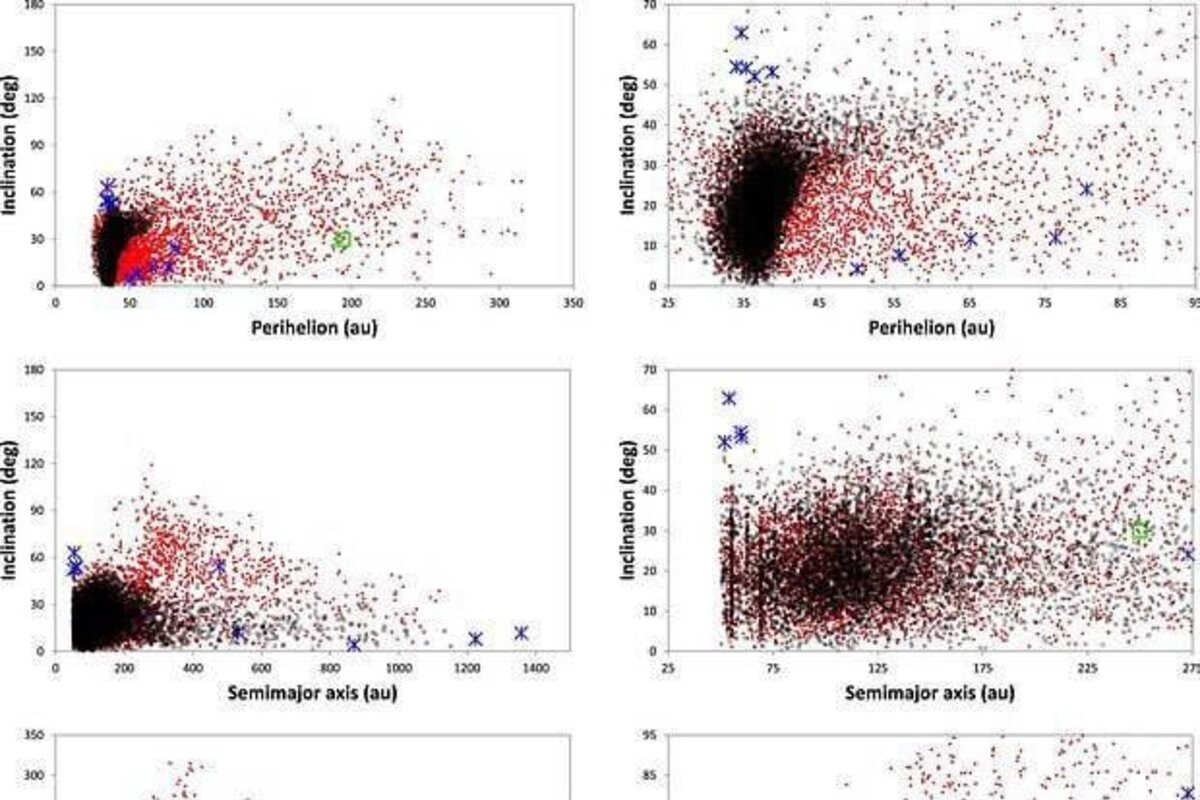Between our solar system’s orbital planes, there could be another planet. Japanese astronomers have revealed their hypothesis regarding the existence of Planet Nine, a “Earth-like planet,” which is concealed in plain sight just a few billion kilometers behind Neptune. Researchers Patryk Sofia Lykawka and Takashi Ito of Japan’s National Astronomical Observatory and Kindai University, respectively, looked far into the Kuiper Belt in order to look for signals of planetary bodies. Their findings were published last month in the Astronomical Journal.
Interstellar objects including dwarf planets, asteroids, carbon masses, and ice volatile components like methane and ammonia make up the vast ring known as the Kuiper Belt. The celestial junkyard orbits the sun like everything else in our solar system, just past Neptune’s orbit. The discoveries of Lykawka and Ito point to the existence of yet another important object in the Kuiper Belt with “peculiar” characteristics, such as gravitational impact over other objects, to infer its planetary status. “We foresee the existence of a planet similar to Earth.
Advertisement
According to Earth.com, “Given the abundance of such bodies in the early solar system, it is conceivable that a primordial planetary body could persist in the far Kuiper Belt as a Kuiper Belt planet. If their calculations are accurate, Planet Nine would be 500 times further from the sun than Earth and have a mass between 1.5 and 3 times that of Earth.
This latest study isn’t the first to suggest that our solar system has a ninth planet, though some scientists are still skeptical that it does. Similar theories about an extra planet in the outer reaches of our solar system have come up in the past. Lykawka and Ito’s findings, however, suggest that the extra planet may be much closer to us and much more enormous than previously thought. Caltech researchers in 2014 were reportedly the first to come up with a firm theory on Planet Nine









